What national parks can do to make the outdoors more accessible to people with disabilities
"How to travel better" is a five-part series focusing on uncomfortable or inefficient travel experiences and how the industry can do better. If you'd like to contribute to our future reporting and share your experience as a source, you can fill out this quick form.
Regina Blye was shot in the neck with a rifle when she was 10 years old.
"When I had my (spinal cord) injury, it was prior to the Americans with Disabilities Act, so there were no requirements out there at all for any types of accommodations," she said.
The rare opportunities she had to travel or explore the outdoors as a kid in West Texas, she said, "Usually, it would just be open areas with lots of grass, lots of debris and if there was a sidewalk, it wasn't built in mind for someone that might have been using a wheelchair."
Blye is now chief program and policy officer for the Christopher & Dana Reeve Foundation, which aims to cure spinal cord injuries through research and improve the lives of people impacted by paralysis.
"I think now it's a lot easier (outdoors)," she said. "But in the past, it was so tiresome, and it became really complicated, I just said, 'Maybe not. Nature may not be the thing for me.' "
There are still barriers for people with disabilities to enjoy nature, but the National Park Service is trying to increase access across its 423 sites.
How cruises work for plus-size passengers: 'The worst part ... is getting on the flight'
Is there a doctor on this flight?: Why in-flight medical kits may not have everything a passenger could need in an emergency
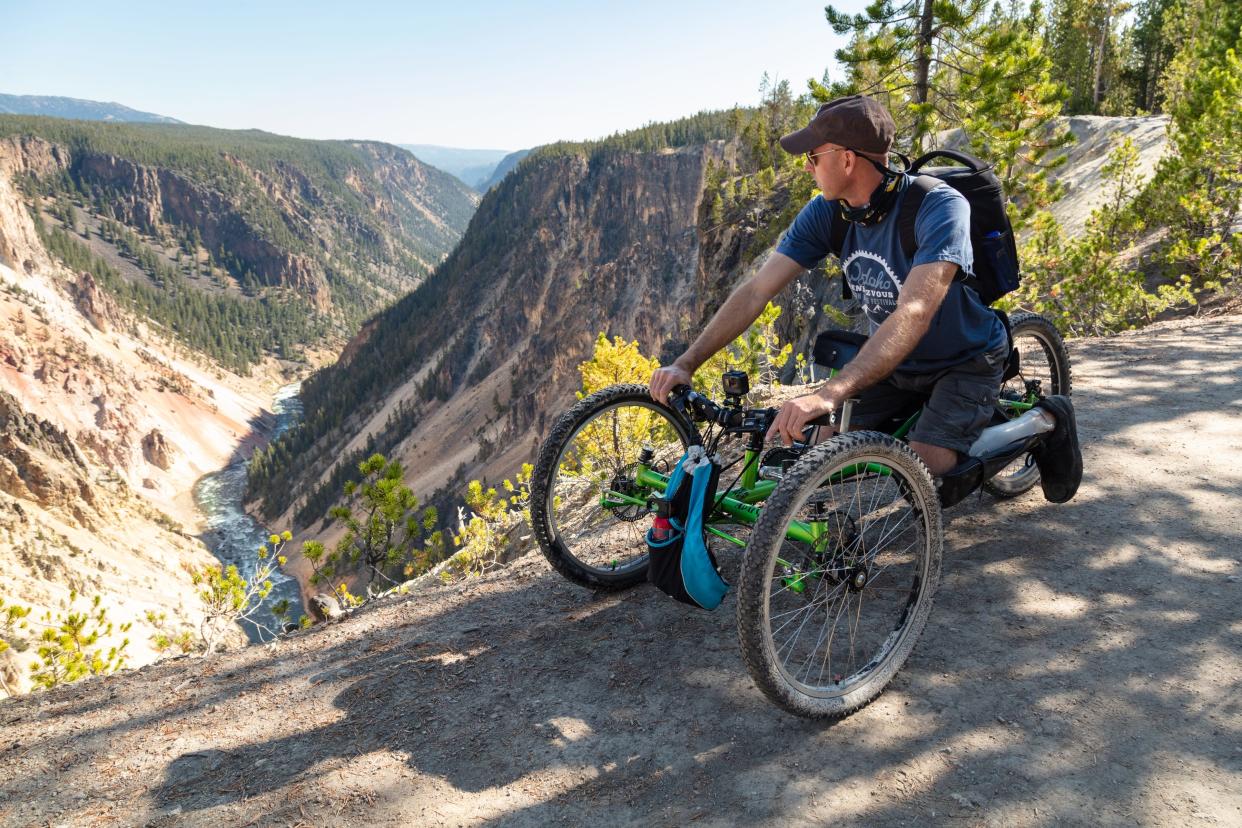
What national parks offer people with disabilities
More than 1 in 4 U.S. adults has some form of disability, according to the Centers for Disease Control and Prevention.
"The National Park Service is committed to ensuring that people with disabilities have equal opportunity to benefit from our facilities, programs, services, and activities whether they are indoors or outdoors," the park service pledges on its website, which also shares disability history and frames people with disabilities as "the largest minority in the United States."
One barrier the park service has removed is financial. All U.S. citizens and permanent residents with a permanent disability can get a lifetime National Park Access Pass for free park entry. The pass itself is free and can be obtained at any national park that charges entrance fees. There is a $10 processing fee for mail or online orders.
The U.S. Geological Survey defines a permanent disability as "a permanent physical, mental, or sensory impairment that substantially limits one or more major life activities, such as caring for oneself, performing manual tasks, walking, seeing, hearing, speaking, breathing, learning, and working." Accepted forms of proof include a statement from a licensed physician.
'They should've helped me': Booking through platforms like Expedia leaves some travelers stranded
Access needs vary

"It's just kind of an interesting thing to have to prove one is disabled," said Linda Williams, a clinical psychologist and founder and CEO of Invisible Disability Project, which serves people with "physical, mental or emotional impairment that goes largely unnoticed" by others. She is visually impaired.
"Even if someone isn't permanently disabled, that access still applies to all," she added, citing how some people with chronic pain may never qualify as permanently disabled. "Disability is on a spectrum, and it evolves from day to day."
Both she and Blye point out that access needs vary and may conflict.
"When we make one space accessible to one type of bodily or neurodiversity, it means that it may be inaccessible in other ways," Williams said.
"There's so many different populations that fall under our umbrella," said Blye. "Are you talking about (accessibility) for people who are blind or low vision? Are you talking about anyone that has limited mobility and uses devices? If so, we have different requirements, and they're still supposed to be respected."
Don't stare, but don't ignore:What people with disabilities and their families wish fellow travelers would know and do
Physical obstacles in the outdoors
Outdoor trails can be a big barrier for people with limited mobility.
"The type of wheelchair that I have, it allows me to go through certain types of rough terrain, but then it gets challenging when we get to a steep slope," said Blye, whose motorized wheelchair weighs 500 pounds. "The chair starts to waffle back and forth and then I start to get concerned about my safety and the safety of anyone that's around me that's kind of helping me."
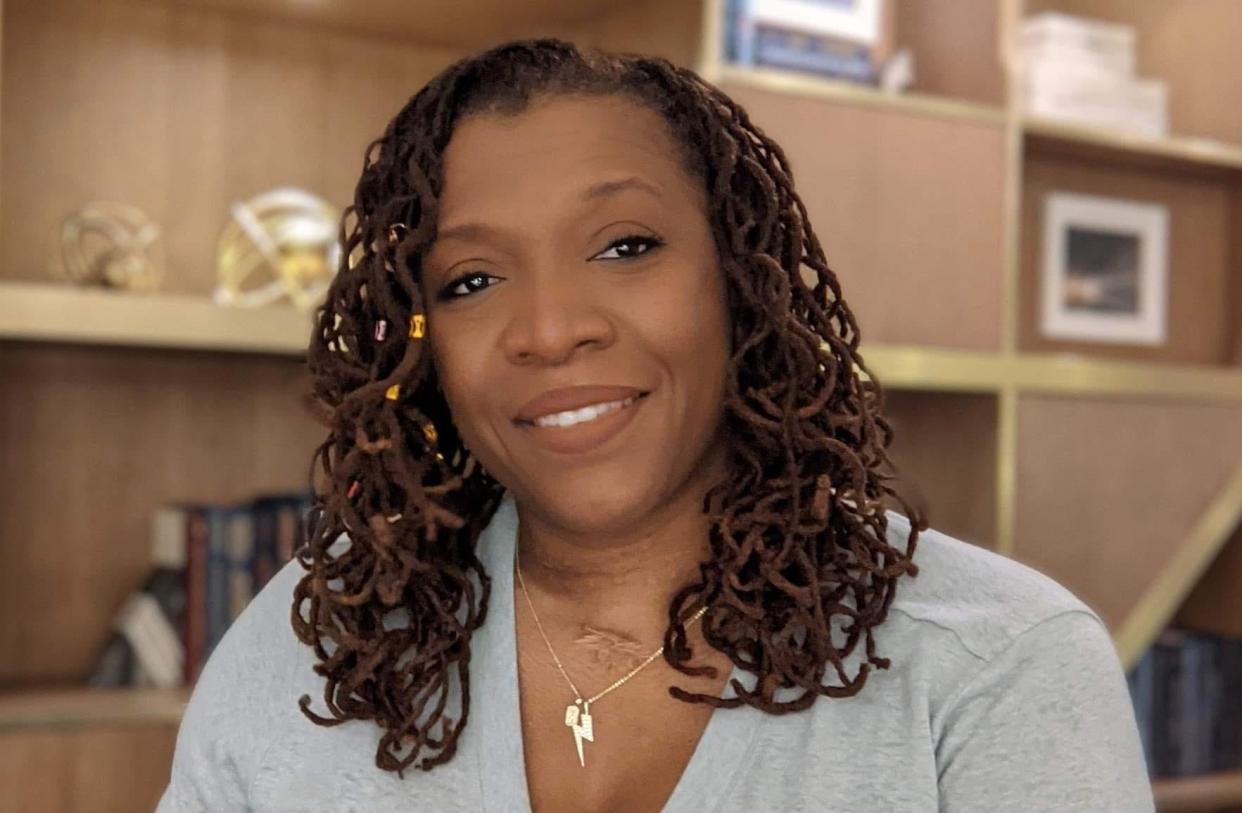
"I can only imagine what it's like for someone using a push wheelchair because they could only go so far on their own," she added. "I don't care how strong you are, you're gonna get stuck."
Blye prefers wide paved paths where possible, instead of earth that gets slick when wet, wooden boardwalks that can warp and separate over time, and gravel that may make her wheelchair get stuck or have to work harder.
She also says some restrooms in outdoor spaces aren't designed so "people can be able to get up beside the toilet or be able to get underneath the sink" in wheelchairs.
"You're out in the middle of wilderness," she said. "It's going to be difficult for someone if they don't have the appropriate facilities for them to use while they're out trying to enjoy nature."
Hiking hasn't always been accessible to all: These groups are opening up the outdoors
Access to information is part of accessibility
Alexander Kingston has other needs.
"For me, specifically being neurodiverse, accessibility is not so much about mobility," he said. "It's more about the environment, the signs, the communication, the clarifications, the maps and location."
Kingston is autistic and has catatonia syndrome, which he says can cause him to become nonspeaking, lose motor function and become catatonic under stress. But access to detailed information about destinations is important to many travelers with disabilities.
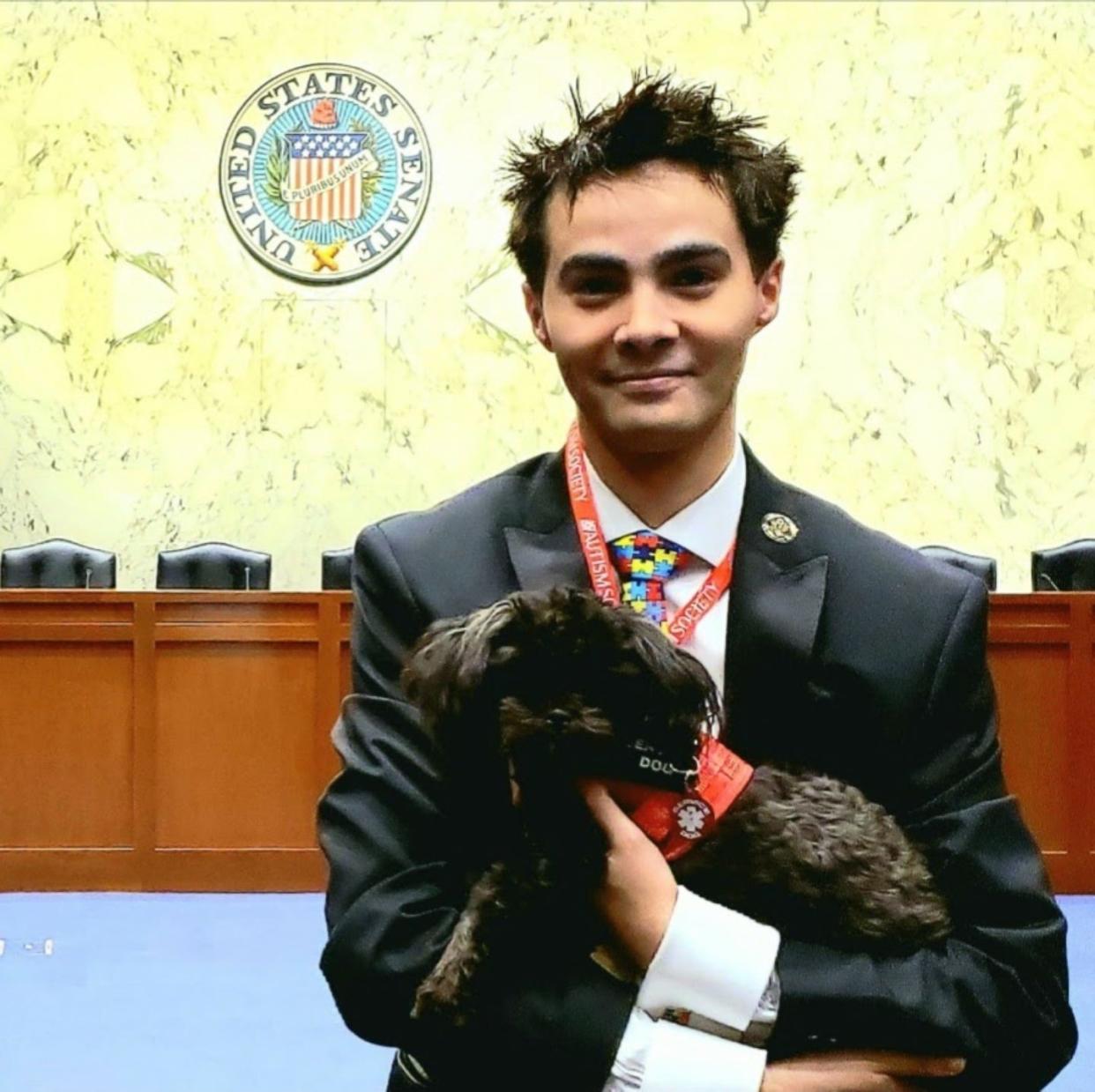
"One of the things that can trigger a feeling of unsafety and anxiety is not knowing what to expect when you're going somewhere new," the accessibility advocate and full-time student said.
Kingston has a service dog that helps monitor his agitation and warns him when he needs to take medication. He also has tools like a portable electroencephalogram device that helps him calm down and a tracker with an SOS button that can alert others to his location if he loses the ability to speak. However, he tries his best to avoid stressful situations with extensive planning. He looks for as much safety information as possible ahead of time, "even if it's something that may be minor or may be circumstantial or maybe there was a probability chance of like 10%, for example, of occurring, those disclosures we really stop and read."
Kingston appreciates how national parks, and Acadia National Park, in particular, relay information in a variety of ways, visually, verbally and otherwise. He also likes how he can explore the park by car.
"For me, a car is already a safe place," Kingston said. Quiet places can be helpful for many people who experience sensory overload. "If I don't feel comfortable or if I need to pause, I can go to the car and just sit there without the pressure."
He tries to avoid crowds and wishes there was more information on the best and worst times to visit.
Sensory overload?: Not at this theme park. What Sesame Place San Diego aims to do differently.
How attitudes have changed
The National Park Service Accessibility Office aims to address as many needs as possible with the guidance of accessibility specialists like Ray Bloomer, whose lived experiences with disabilities help inform their work.
"We have come a long, long way from when I first began in the park service in 1976," said Bloomer, who is blind. When he interviewed for an interpretative ranger role at Independence National Historic Park back then, he said his interviewer thought he was qualified but wasn't sure how he could manage the job while being blind.
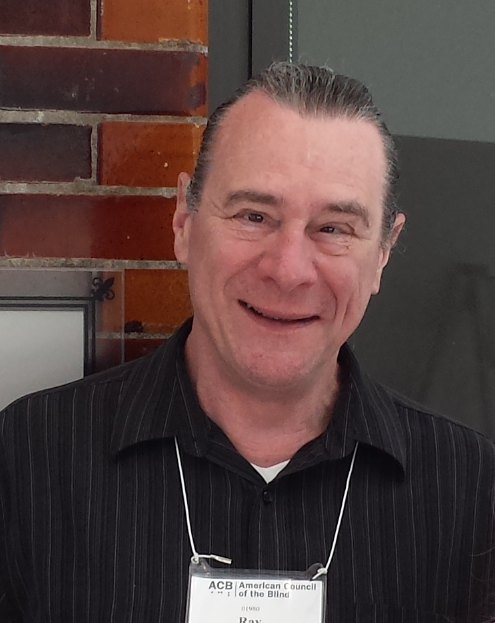
Bloomer became the first blind interpretative ranger within the park service. Something he noticed early on was how fellow rangers would interact with disabled visitors, talking to their companions instead. The same thing would happen to him when he went out with his wife: servers and salespeople asked his wife what he wanted, instead of speaking directly to him. Bloomer didn't think people were acting out of malice, but fear of saying the wrong thing.
"I said, 'This has got to change,' " he said. "This is not the way we want to be communicating with people."
With the blessing of park leaders, Bloomer began researching disabilities and leading training sessions for park service staff, which he's continued in various roles through the years. Over more than four decades, he's also helped establish permanent accessibility coordinators at every park in the park service and helped make national treasures like the Statue of Liberty and St. Louis' Gateway Arch easier for everyone to access.
An interactive map on the park service website shows which parks offer accessible features, like sign language interpretation for ranger programs at Yellowstone National Park and beach wheelchair availability at Canaveral National Seashore in Florida.
'We take care of family': When accessible travel is hard to find, families forge their own paths
A model of accessibility
When Bloomer first visited Gateway Arch National Park, he had no way to tell how the iconic arch was shaped.
"I mean, they told me how it was constructed, but I wanted to see the shape of the arch as it went from the ground up," and there was no tactile model, he said, "I had to go to the gift shop and buy my accessibility. And I thought as we went through the development of the new renovated museum that no one else would ever have to do that again."
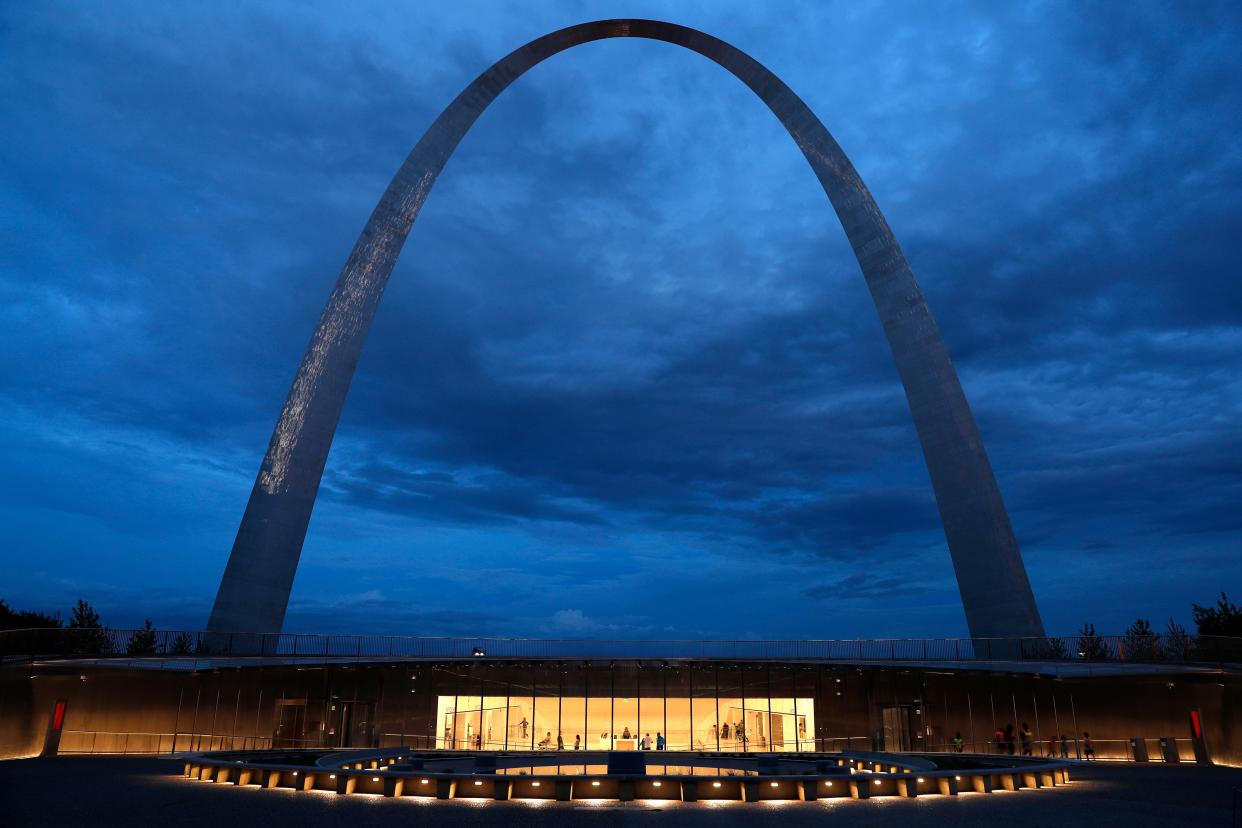
He now considers Gateway Arch one of the most accessible museums within the park service because of the various ways it shares history with visitors. For example, to illustrate how pioneers traveled out west, there are wagons and coaches on display as well as tactile models of each vehicle. There are also audio descriptions of exhibits.
"Also any place where there was audio, we had to make sure that there was some type of a readout or alternative so that people who were deaf or have hearing loss could also get that same thing and then to make sure that every single one of these different components that I'm talking about was also accessible in a way to people with mobility disabilities, so everything was reachable," Bloomer said.
"We still have a long way to go," he acknowledged. "We're always continuing to work toward reducing barriers, but I think more important than reducing barriers is making sure that the new things that we're doing are being done in an accessible way."
Best national parks: Which park was ranked best for seniors and accessible travel
What else can parks do?
Bloomer says the park service wants to make disabled visitors feel welcome.
"When I go to trainings, and I'm conducting them, it's very, very obvious that our staff throughout the National Park Service, they want to make their facilities accessible, and they're hungry for information as to how to do it and how to do it successfully."
Williams says one thing they can do is to invite everyone to share their needs, right off the bat.
"Just assume everyone has an invisible disability and say, as part of any kind of welcome message, right before they say 'We're so glad you're here,' they should say, 'Does anybody have any access needs?" she suggested.
That kind of invitation may be particularly helpful for visitors like Kingston, who advocates for others but has a "very, very very hard time" asking for help for himself.
"I rely a lot on my friends and partner assisting me with those things ... because I feel like I'm bothering and being inconvenient," Kingston said, adding that he is working on it.
What does a park ranger actually do?: A lot more than you know
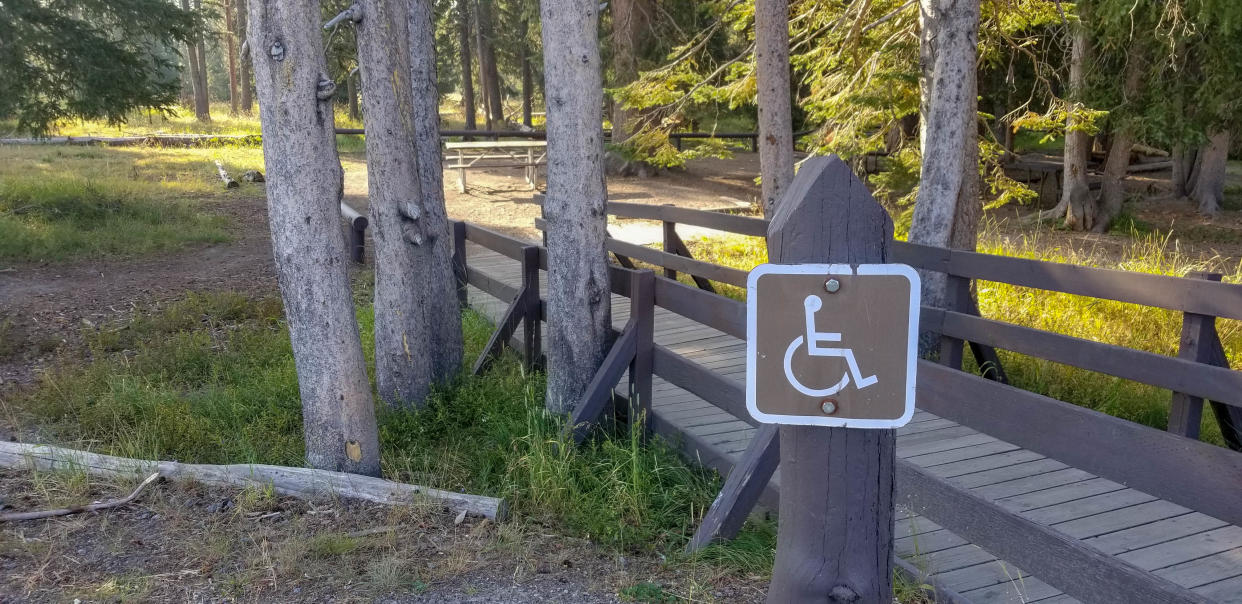
Bloomer says right now there's a mix of rangers asking about access needs and visitors self-identifying across parks.
"Again, that training continues to happen," he said. "We just last year had, over an eight-month period of time, every month, a 90-minute module on understanding autism for our rangers."
He says the park service also welcomes feedback from disabled visitors and their families.
"We need to experience what the wilderness has to offer," Blye encouraged, admitting that she doesn't do it enough. "If you're not using (parks) enough, then it will make it hard for them to make sure that they're giving us the appropriate things that we need for us to be able to roam free and have fun."
She's looking into a trip to Shenandoah National Park.
"If it happens, it'll be a group of us that will go, and we'll figure out how to make it work," she said. "I'm a little nervous, but I hear you can do some great bird-watching."
What has been your experience visiting national park sites?
This article originally appeared on USA TODAY: How national parks can help people with disabilities access nature
